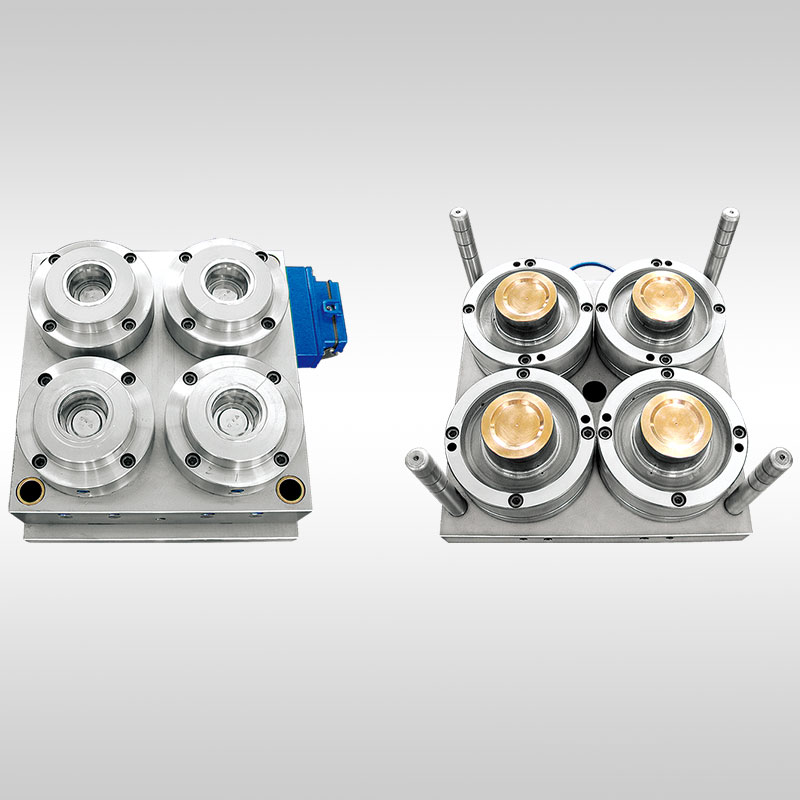We may receive a commission on purchases made from links.
Burgers come in all shapes and sizes, from sliders to double or triple deckers, smash burgers, and even veggie and Impossible burgers. Americans eat around 50 billion burgers per year, according to PBS, and there's a burger for every taste between fast food, fast casual, and fine dining. You can dress your patty up with a fancy bun, toppings, and sauces, but ultimately it all comes down to the meat in order to make the perfect burger. Plastic Injection Mold

What constitutes a perfect burger? Taste is, of course, subjective, but no matter what flavors you're trying to achieve in your handheld classic, you need to pay attention to the mechanics of making the right patty shape and size so that your burger will cook evenly and you don't lose any of the all-important juices. After all, nobody likes a dry patty. It's important that you keep the size of each of your patties consistent, so that they will all cook at the same time, thus preventing a mix of undone and overdone burgers.
There are kitchen gadgets for everything these days, and you can buy a patty press or mold to make perfectly-circular burgers. Lots of chefs, like Alton Brown, will tell you, though, that buying single-use gadgets is a waste of money and space, per Slate. Instead, try using something that you might already have in your kitchen — the tops to takeout containers.
The right-sized patties, according to Bon Appetit, should be a little bigger than the bun when they are uncooked because they will shrink slightly during cooking. Doing a little burger math, the average size of a bun, according to King Arthur Baking Company, is about 4 inches in diameter, so you will want to make your patties around 4 1/2 inches in diameter. Almost as if it were meant to be, the tops to standard quart and pint-sized takeout containers (like the ones used for soup or deli salads) are 4 1/2 inches (per ULine), and thanks to their shallow lip they make a great mold for burger patties.
According to Food & Wine, Michael Pasquarello, owner of Philadelphia's Kensington Quarters and KQ Burger, recommends using two container tops to squish your meat into perfect patties. Simply weigh out 6-ounce portions and roll them into balls, then put them between the two tops and press. Try not to overwork the meat while you're portioning it as it can make your burger tough. Pasquarello told Food & Wine that the uniform shape of the lids helps seal the edges of your burger as hand-shaped patties often have uneven edges, which leads to lost juices during cooking. Once you have your patty formed, Bon Appetit advises to press a little divot in the center with your thumb to keep the burger flat while it's cooking.
If you get takeout a lot, hang on to those deli containers for more than just making burger patties. Commercial kitchens use them for all kinds of uses, especially storing small prepped ingredients, like the lettuce, tomato, and onion slices for your perfect burger, or any specialty ingredients that you are using to make a specific burger recipe. You can put your containers of toppings out on the counter with a platter of burgers and then easily pop the tops to help store the extras. Just be sure to clean your plastic thoroughly after using them to make the raw meat patties; the heavy duty ones can go right in the dishwasher.
This type of plasticware is also great for storing and organizing parts for small kitchen machines, or weighing ingredients like rice or flour on a scale. Since they're standard sizes, you'll always know what volume of food you're storing or freezing, like a quart of chicken stock or soup, and all the lids are the same size so you don't have to hunt around in a bin of mismatched plastic for the right top. Finally, they also stack very well.

Plastic Spoon Mould Manufacturer The only thing you shouldn't do with your leftover containers is use them to heat up food in the microwave. Heating plastic containers can leach chemicals into your food (per Food Network), so transfer any of your food from the container to a plate or bowl before you microwave it.